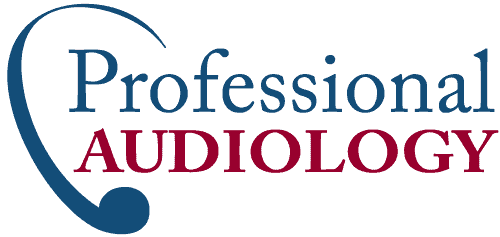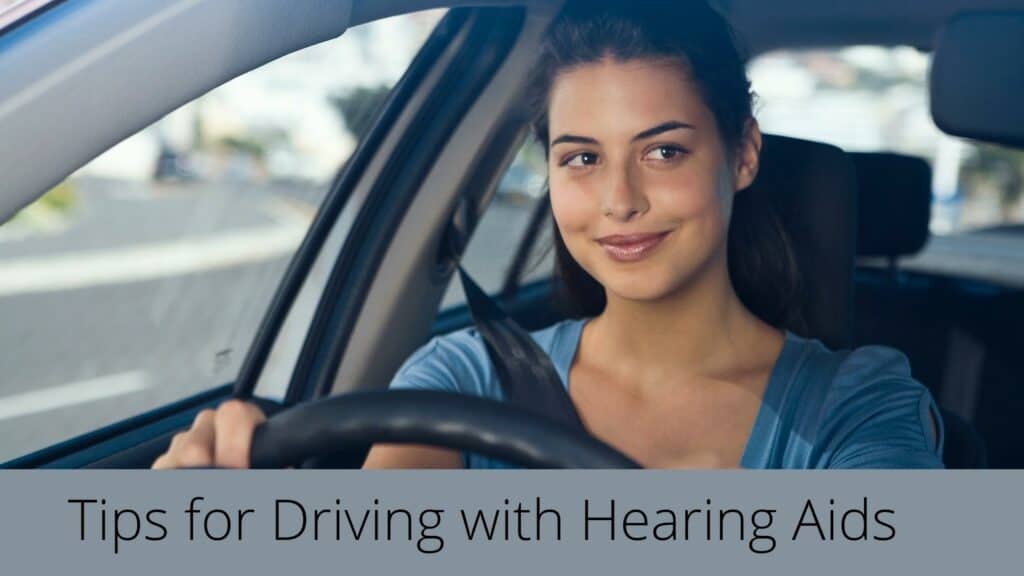If you have recently acquired a set of hearing aids, congratulations! Getting your aids integrated into your life might take some time, but once you have become comfortable with them, the benefits will begin to pour into your life. One of the contexts in which you might want to wear your aids will be while you are driving. Hearing aids can alert you to emergency vehicles prior to their arrival, and you can also become sensitive to the sounds of other cars and pedestrians while you travel. Should your car break down, your hearing aids might help you identify the sound of that problem, as well. Although hearing aids can be very helpful while driving, it is important to follow a few basic tips to make sure you are adjusting at the right pace. Rather than putting in your hearing aids immediately on your way home from our offices when you take them home, it is important to think about these elements of a safe and easy transition.
Take Your Time
The first place to try out your hearing aids should be at home in the security of your own home. When you first put in your aids, you will likely hear an array of sounds you didn’t realize were there, and it might take a little time to get used to that new precision and richness of the auditory environment. Once you are comfortable at home, you might want to try them out in a familiar environment like the grocery store or other public space. Only after you have acclimated to your hearing aids in these environments should you attempt to wear them while driving. For the same reasons that they can be beneficial while you drive, they can also be very surprising and even unsafe at first. Were you to put in your aids without knowing what to expect, the sound of an emergency vehicle might disturb you greatly.
Create a Quiet Car
When you first start wearing your hearing aids while driving, it is crucial to create a quiet car environment to limit distractions. Children and pets tend to be the loudest and most distracting part of your drive, so it is best to limit your companions to one trusted adult at first. Turning off the radio will be important, and you will not want to reintroduce music to your drive until you have become accustomed to the added clarity and volume provided by your aids. Your quiet car can become a place of solace, and you might find you want to continue to drive this way in the future.
Other Driving Tips
Other tips to keep in mind while driving have to do with your general health, alertness, and responsiveness. Check your medications to make sure you are not taking anything that can impair your judgment. If you wear glasses or have vision impairment, make sure your prescription is up to date. You might want to wear sunglasses that have the same prescription for the best visibility. Pain and discomfort in your body can be a driving hazard in ways you don’t realize. For instance, if you have neck pain, you might unconsciously avoid checking your blind spot while driving. Keeping the maximum freedom of motion will enable you to drive safely in all environments.
Treatment for Hearing Loss
Hearing aids can provide remarkable assistance while you’re on the road. They bring out the sounds that are essential for your awareness, but when they come as a surprise, that awareness can be unsafe. With these tips in mind, you should be able to make the most of your treatment for hearing loss. However, if you haven’t yet found out if hearing aids can help you, the time is now to schedule a hearing test. Don’t delay making an appointment to get a thorough diagnosis of your hearing ability and the ways that hearing aids can help fill in the gaps.
Whether on the road, at home, or out and about, hearing aids can supply a fluid and rich stream of sound to your ears that makes it possible to communicate in public spaces and to drive safely. Make your appointment today!





